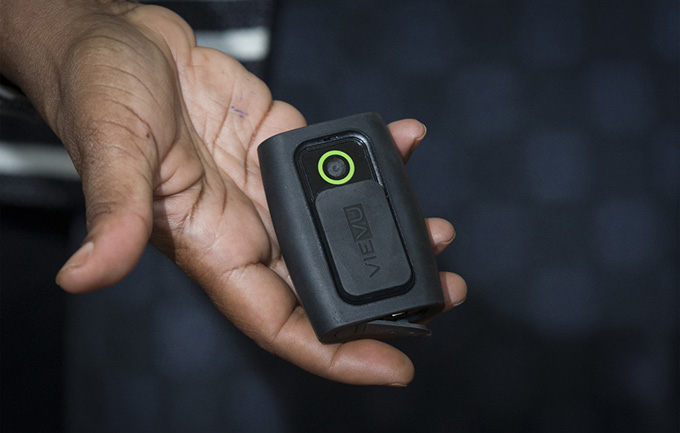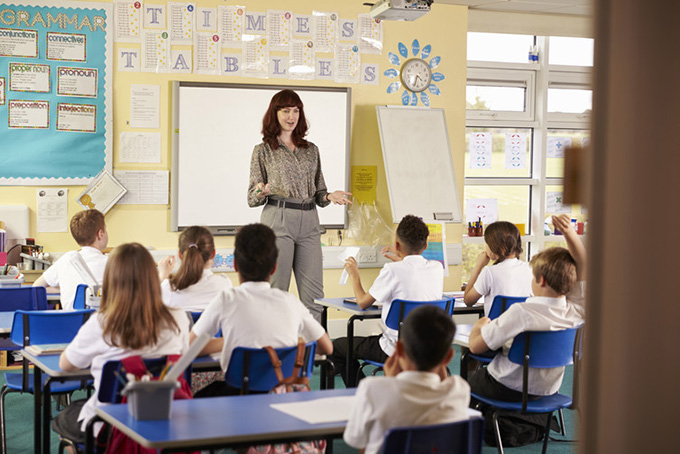The use of body cameras by front line police and other uniformed enforcement agencies is increasing at an unstoppable rate both in the US and UK.
In the UK, video cameras have been seen primarily as a way of supporting police officers to better enforce order or collect evidence. Whereas in the US, their use has been very much driven by the need to control police behaviour – particularly in light of the high number of police shootings of young black men.
The first study in the UK to evaluate the blanket roll out of cameras to all front line officers in a single jurisdiction was carried out on the Isle of Wight. And our research showed that public order and assault crimes went down by nearly 20% when all front line police officers wore the body cameras. It is not surprising then that police forces across the world, including in China, have made the decision to use these body worn video cameras.
Other professions have also decided to follow suit, with body cameras already in use in many schools across the US – and many more in talks with local law enforcement about how to introduce them.
In the US, it tends to be that these cameras are worn by “school resource officers” rather than teachers. These are sworn law enforcement officers – otherwise known as police officers – responsible for security and crime prevention in US schools.
Of course, not everyone is happy with the move, and The American Civil Liberties Union has argued against the relatively recent trend. The union believes the presence of these enforcement officers in schools – many of whom have not been trained to work with children – will lead to criminalisation of routine school disciplinary matters, and will enhance the “school-to-prison” pipeline. This is the idea that children are “funneled” out of public state schools into the criminal justice system.
Classroom cams
Consequently, it may surprise you to know that front line teachers in two schools in the UK are already using body cameras to deter bad behaviour in the classroom. Industry sources have also told me how they are working to develop and support body cameras for use in “non-enforcement” environments, including schools.
While body cameras have been in use outside UK classrooms for school crossing patrols for a while, this move towards teachers wearing cameras in the classroom is a relatively recent development.
Both schools are using the body cameras in line with education board approved policy and guidelines, meaning that all footage is recorded with government approved encryption. The footage is also securely stored on a dedicated cloud platform – like the ones used by the most advanced police forces.
Filming only occurs when it is legitimate, proportionate and necessary. This reduces the threat of oppressive and continuous surveillance of all pupils at all times and requires the approach to be “incident specific”.
The cameras are there to assist teachers in reducing persistent low level disturbances and resolving conflict by capturing evidence of misbehaviour. This means teachers can use the body cameras to resolve problems that prevent them from teaching.
Capturing a moment
While the cameras in schools can be used as an enforcement tool to provide evidence for disciplinary actions, the footage can also be used as a self-reflection tool with the students. The footage can also be shared with parents to help come up with joint approaches to problem behaviour. And in an educational setting, there is also further potential to use the body cameras to capture moments worth sharing or to celebrate a student’s development and positive achievements. This is obviously quite different to the more restricted ways the police use these types of cameras.
Early feedback from teachers suggests the cameras give them more control in difficult situations by deterring bad behaviour, and by giving them confidence that they have an independent witness to support their account. This can also improve transparency and accountability which in turn improves trust and the relationship between parents and the school.
It has previously been suggested that a world with more cameras might be more pleasant to live in. This is because if surveillance becomes the norm, it might make our society more tolerant as everyone will have the potential to be embarrassed.
While cameras can be viewed with suspicion, it is important to consider the wider and rapid technological changes that will impact the classroom and school environment. Teachers could be filmed at any moment by anyone with a smart-phone – whether they are made aware of it or not. Body cameras are not only a way to balance this out, but they also offer security to teachers who – if properly trained – will be able to provide high quality footage of events with narrative and evidential value.
Ultimately, these types of cameras have the potential to reduce the time teachers spend resolving conflicts, allowing them more time to get back to doing what they do best: teaching. And what could be more important than that?
Author Bio: Tom Ellis is Principal Lecturer in Criminal Justice at the University of Portsmouth


